Twice in the past 14 years, a dispute between Ukraine and Russia has led Russia to cut off natural gas flows to Ukraine and Europe. The stage is being set for another cut-off in January. The European Union wants to ensure that gas continues to flow, so EU officials will attempt at a mid-September meeting to broker an agreement. But they face a difficult slog.
The looming conflict
Gazprom, a large Russian parastatal, now transits a significant amount of gas to European destinations via Ukrainian pipelines. The volume totaled 87 billion cubic meters (bcm) in 2018, one-third of Russian gas exports to Europe.
However, the contract that governs this gas transit expires at the end of 2019. Kyiv wants to replace the current agreement with another long-term contract, preferably for 10 years. Moscow, on the other hand, wants just one year.
Russia hopes to bring Nord Stream 2 — which runs from Russia to Germany under the Baltic Sea — online in 2020. (The U.S. government has raised the possibility of sanctions against companies involved with Nord Stream 2, but the pipeline is already 75% complete.) Moscow also hopes that Turk Stream — two pipelines running under the Black Sea from Russia to Turkey — will reach full capacity next year. Nord Stream 2 will have a capacity of 55 bcm of gas per year. Turk Stream consists of two pipelines, each with an annual capacity of 15.75 bcm. The Turks plan to use half of the gas domestically and export the rest to southeastern Europe. If Gazprom can move an additional 70.75 BCM of gas to Europe via Nord Stream 2 and the Turk Stream pipelines after 2020, its need for the Ukrainian pipelines will drastically decline.
Gas fights between Kyiv and Moscow are nothing new. In January 2006, as a result of a price dispute, Gazprom reduced gas flows to Ukraine, charged that Kyiv was siphoning off transit gas intended for Europe, and further cut gas supplies. Fortunately, the sides reached agreement after a few days, and gas flows resumed.
A second fight broke out in January 2009. Moscow again reduced and then ended all gas flows to Ukraine, including transit gas. This time, the dispute lasted three weeks. During a bitterly cold stretch of weather, the cut-off caused particular hardships for Romania, Bulgaria, and Greece.
A changing gas relationship
The gas relationship between Ukraine and Russia has been complex, and it has changed dramatically over the past three decades. After regaining independence in 1991, Kyiv depended hugely on gas imports from Russia or from Central Asia via Russia — 50-60 bcm per year — as its domestic production met only one-fourth of Ukraine’s needs. That dependence gave Moscow leverage over Ukraine.
Kyiv nevertheless had leverage over Russia, which needed Ukraine’s pipelines to move gas to Europe. The European market mattered greatly for Gazprom. In the late 1990s and early 2000s, the Russian energy giant sold one-third of the gas it produced to Europe. Most of Gazprom’s gas was sold inside Russia at artificially low prices, so European sales were key to the company’s financial health.
The 2006 and 2009 gas fights led both sides to reconsider their dependency on the other. Gazprom began to develop plans for and build undersea pipelines to Germany and Turkey to circumvent Ukraine. By 2021, Gazprom will need Ukrainian pipelines to move, at most, relatively marginal amounts of gas.
For their part, Ukrainians began taking steps to substantially reduce gas consumption and their energy dependency on Russia. Rising prices for Russian gas motivated companies to install energy-efficient equipment. Ukraine now consumes about 30 bcm of gas per year (it no longer provides gas for Crimea, which Russia illegally seized in 2014, or for that part of the Donbas region occupied by Russian and Russian proxy forces). Less than one-third of the 30 bcm is imported, and since 2015, Ukraine no longer imports gas directly from Russia, getting gas instead from Poland, Hungary, and Slovakia (ironically, much of this gas is Russian gas exported to Central Europe, from where it is exported back to Ukraine).
January is coming
Seeking to avoid another gas fight, the European Union hopes to broker a new agreement between Kyiv and Moscow. EU Commission officials have suggested a 10-year contract providing for a minimum transit volume of 60 bcm per year through Ukrainian pipes. Such an arrangement would win support from key EU members such as Germany; Chancellor Merkel favors completion of Nord Stream 2 but has also said that substantial flows of gas should continue to move via Ukraine.
This would be a good arrangement for Kyiv, though Russian agreement appears unlikely. Moscow’s decisions to build undersea pipelines to Germany and Turkey were not motivated solely — and perhaps not mainly — by commercial considerations. The Ukrainian pipeline system could have been upgraded at a fraction of the cost of building the new pipelines. The Kremlin, however, sought to gain a position in which it could pressure Kyiv by cutting off gas without affecting flows to elsewhere in Europe.
Moscow wants to bring Ukraine back into Russia’s orbit, and it sees gas as a possible tool. If it has no gas sales to Ukraine, it can still end transit through the country, cutting off the substantial transit fees (about $3 billion per year) that it now pays Kyiv. Russia has proposed a one-year agreement, apparently to bridge from the end of 2019 to the beginning of 2021 when it hopes to have Nord Stream 2 and Turk Stream operating at full capacity. At that point, Gazprom could all but end gas transit via Ukraine.
If Kyiv rejects a one-year agreement, which looks quite possible, negotiations could quickly hit an impasse, and the possibility of another disruption in gas flows to Europe will arise. Finding a solution to avert such an outcome confronts EU negotiators with a tough challenge.
The Brookings Institution is committed to quality, independence, and impact.
We are supported by a diverse array of funders. In line with our values and policies, each Brookings publication represents the sole views of its author(s).

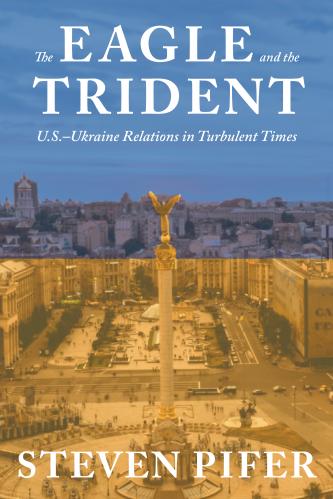
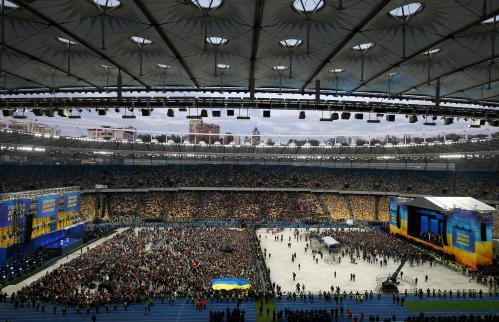
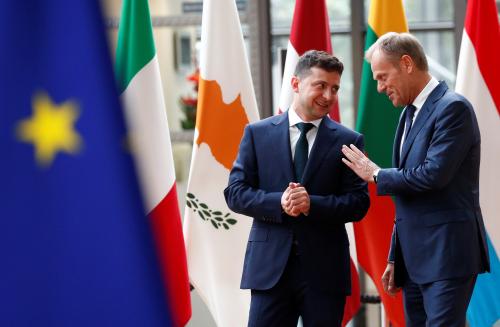
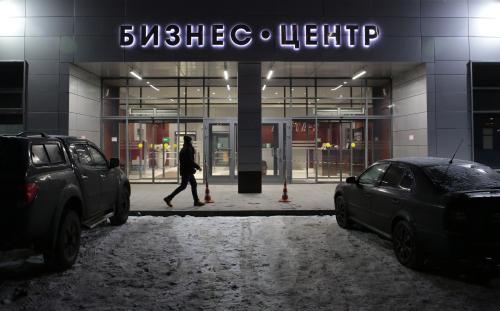

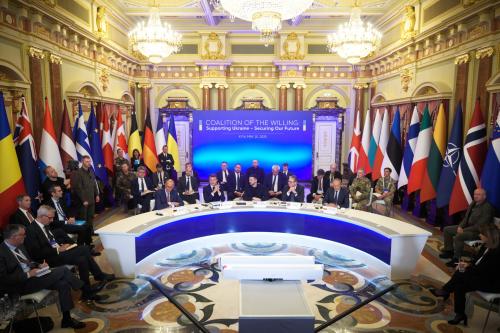
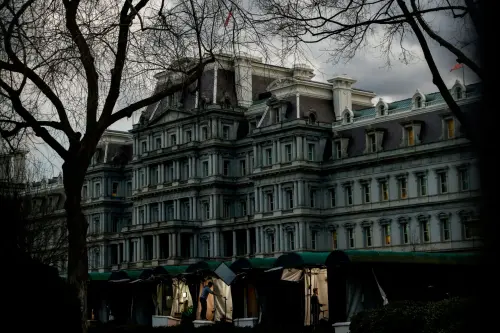
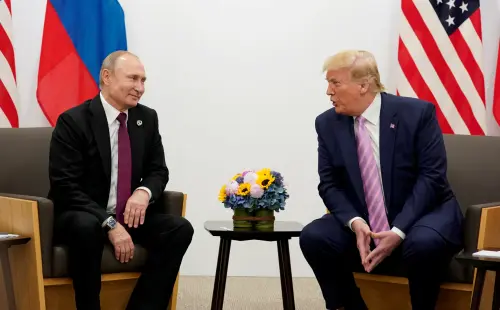
Commentary
Heading for (another) Ukraine-Russia gas fight?
August 30, 2019